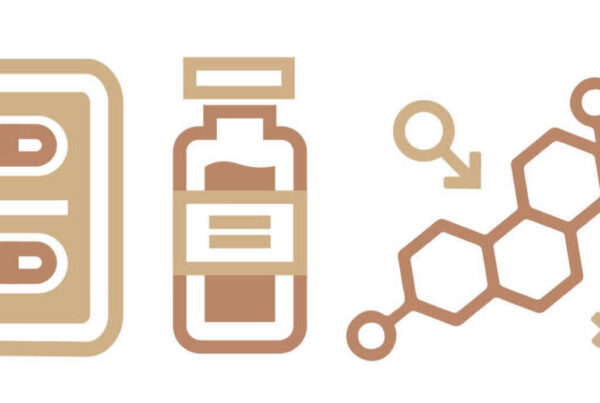While most women are aware of the other forms of disease that can affect them, few realize that the leading cause of death for most women is heart disease (proving fatal for one in every four). Coronary Heart Disease (CHD) in particular is the leading cause of death for all individuals in the United States. This can be attributed to different factors, including obesity, sedentary lifestyles, and smoking, among other genetic factors. Understanding and mitigating the risk of heart disease is crucial for all women. Targeting and combating the causes of heart disease, can lead to a better quality of life, as well as a longer life for many individuals.
CHD, the most common type of heart disease, refers to a buildup of plaque in the arteries, a condition known as arteriosclerosis. Hardened plaque in the arteries can lead to blood clots that block them, which results in heart attack. However, heart attack is not the only risk of CHD. Women with CHD may also experience heartbeat irregularities such as arrhythmia, sudden cardiac arrest, and even heart failure. CHD can occur at any age though the risk of developing it increases with age, regardless of other factors.
Those with immediate family members such as parents or siblings who experienced CHD are more at risk of developing it themselves. Any individual at increased risk for CHD should be aware of the various factors that may contribute to the disease. Indicators of potential CHD include unhealthy cholesterol levels, insulin resistance, high blood pressure, and other metabolic syndromes. Lifestyle factors that can increase an individual’s risk of CHD include smoking, obesity, and a significant lack of physical activity. By treating those underlying conditions and making lifestyle changes, even those who are at risk can reduce their potential for developing CHD.
Other potential heart diseases include broken heart syndrome, a temporary condition often caused by significant emotional stress that leads to chest pain that can mimic the feeling of having a heart attack. Physicians believe that a sudden influx of stress hormones causes broken heart syndrome. While it typically goes away in a week, the syndrome can be resolved through stress reduction techniques.
Coronary Microvascular Disease (CVD) is a condition that affects the smaller vessels in and around the heart, and that is particularly prevalent in younger women. In addition to factors that can cause CHD, CVD can be brought on by lower than usual estrogen levels prior to menopause and factors such as reduced ovarian function.
One of the most important things for women to understand regardless of a heart disease diagnosis is that their symptoms may vary from the most commonly known symptoms such as heart attacks, which are more typical of male patients. Symptoms of heart attack for women include pressure in the center of the chest; shortness of breath; sudden pains in the arm, neck, or jaw; and breaking out into a cold sweat. Women who experience these symptoms should seek medical attention right away, regardless of factors such as age or prior heart disease diagnosis.





